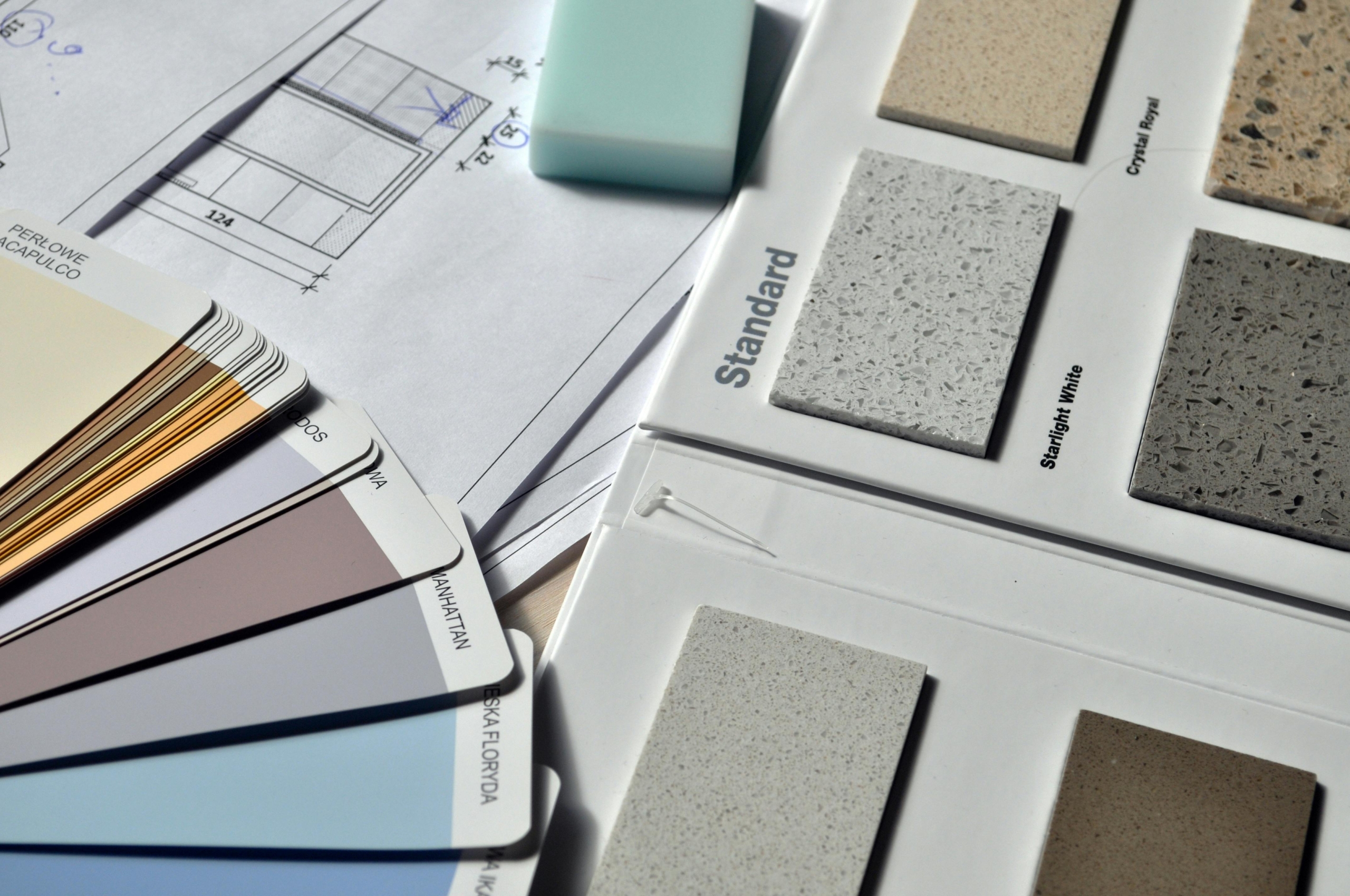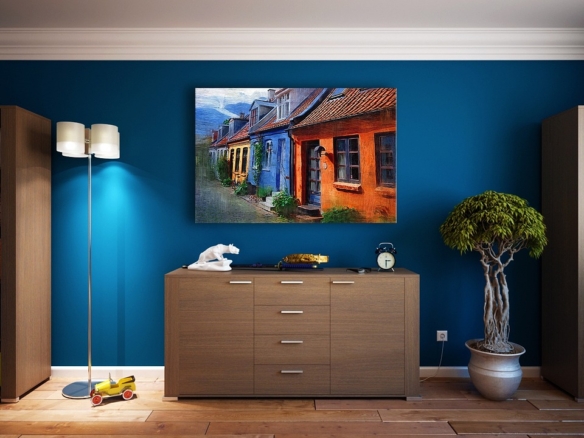When it comes to interior finishing, the approach varies significantly between residential and commercial spaces. While homes prioritize comfort and aesthetics, commercial projects focus on durability, functionality, and cost-efficiency. Choosing the right materials is crucial for longevity and performance.
In this guide, we’ll explore:
Key differences between residential and commercial finishing
Best materials for each type
Tips for selecting high-quality finishes
Key Differences Between Residential and Commercial Finishing
Purpose & Usage
- Residential Finishing: Focuses on comfort, personal style, and warmth.
- Commercial Finishing: Prioritizes durability, low maintenance, and safety compliance.
Design & Aesthetics
- Homes use softer textures, warm colors, and custom designs.
- Offices & Retail prefer neutral tones, sleek surfaces, and professional layouts.
Durability & Maintenance
- Commercial spaces need heavy-duty materials (e.g., epoxy flooring, ceramic tiles).
- Homes can use softer materials (e.g., hardwood, marble) since foot traffic is lower.
Budget & Cost
- Commercial projects often use cost-effective, long-lasting materials.
- Residential projects may invest in luxury finishes for aesthetic appeal.
Best Finishing Materials for Residential Spaces
Flooring
Hardwood – Warm, elegant, long-lasting (best for living rooms & bedrooms).
Engineered Wood – More affordable, moisture-resistant (good for kitchens).
Porcelain Tiles – Scratch-resistant, ideal for high-moisture areas (bathrooms).
Walls
Paint (Matte/Satin Finish) – Soft look, easy to repaint.
Wallpaper – Adds texture and personality.
Wainscoting – Elegant wood paneling for a classic touch.
Ceilings
Gypsum Board (Drywall) – Smooth finish, easy to install.
Wooden Beams – Rustic charm for living areas.
Kitchen & Bathroom Countertops
Granite/Marble – Luxurious, heat-resistant.
Quartz – Non-porous, low maintenance.
Best Finishing Materials for Commercial Spaces
Flooring
Vinyl Plank (LVT) – Waterproof, durable, cost-effective.
Polished Concrete – Industrial look, ultra-durable.
Epoxy Flooring – Resistant to chemicals & heavy foot traffic.
Walls
Acoustic Panels – Reduce noise in offices.
FRP (Fiberglass Reinforced Panels) – Moisture-resistant (for restaurants/hospitals).
Ceilings
Suspended Acoustic Ceilings – Improve sound absorption.
Metal Ceilings – Fire-resistant, long-lasting.
Countertops & Surfaces
Solid Surface (Corian) – Seamless, stain-resistant.
Stainless Steel – Hygienic, ideal for kitchens & labs.
How to Choose the Right Finishes for Your Project
For Homes: Prioritize comfort, aesthetics, and resale value.
For Offices/Retail: Focus on durability, safety, and ease of cleaning.
Budget Considerations: Commercial projects often need bulk purchasing for cost savings.
Sustainability in Finishing Materials: Eco-Friendly Choices for Residential & Commercial Projects
With growing environmental awareness, sustainable finishing materials are gaining popularity in both residential and commercial projects.
Green Materials for Homes
Bamboo Flooring – Rapidly renewable, durable, and stylish.
Recycled Glass Countertops – Unique appearance, eco-friendly.
Low-VOC Paints – Improves indoor air quality, safer for families.
Sustainable Commercial Finishes
Recycled Metal Panels – Reduces waste, modern industrial look.
Cork Flooring – Sound-absorbing, biodegradable.
Reclaimed Wood – Adds character while reducing deforestation.
Why Choose Sustainable Finishes?
- Reduces carbon footprint
- Improves indoor air quality
- Enhances property value (LEED certification for commercial spaces)
Latest Trends in Interior Finishing (2024-2025)
Residential Trends
Biophilic Design – Incorporating natural elements (wood, stone, indoor plants).
Warm Neutrals – Beige, terracotta, and soft greens for a cozy feel.
Mixed Textures – Combining matte and glossy finishes for depth.
Commercial Trends
Modular & Flexible Spaces – Movable walls for adaptable offices.
Anti-Microbial Surfaces – Especially in healthcare and hospitality.
Industrial Aesthetics – Exposed concrete, metal accents.
Common Mistakes to Avoid in Finishing Projects
For Residential:
Ignoring Moisture Resistance – Leads to mold in bathrooms/kitchens.
Overlooking Lighting – Poor lighting can ruin aesthetic appeal.
For Commercial:
Choosing Cheap, Low-Quality Materials – Increases long-term repair costs.
Neglecting Safety Codes – Non-compliant finishes can lead to legal issues.
Final Recommendations
For Both: Consider sustainability—eco-friendly materials are future-proof.
For Homeowners: Invest in timeless, durable materials like hardwood and quartz.
For Businesses: Prioritize low-maintenance, high-traffic-resistant options like epoxy flooring.
Conclusion
Choosing between residential and commercial finishing depends on functionality, durability, and design preferences. While homes benefit from warmer, customizable materials, commercial spaces require heavy-duty, low-maintenance solutions.
By selecting the right finishes, you ensure longevity, aesthetics, and cost-efficiency for any project.
Contact Forsa today!





Join The Discussion